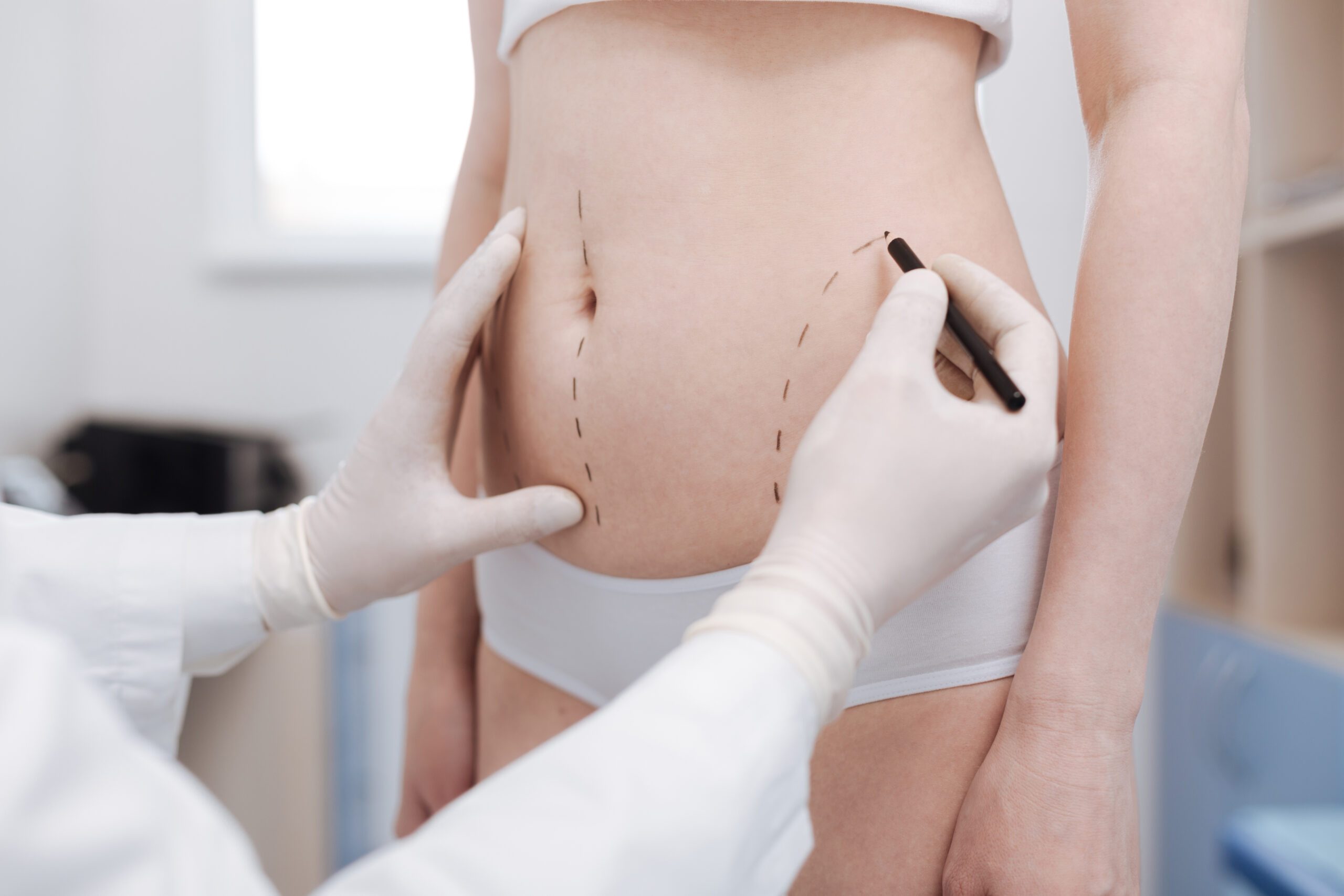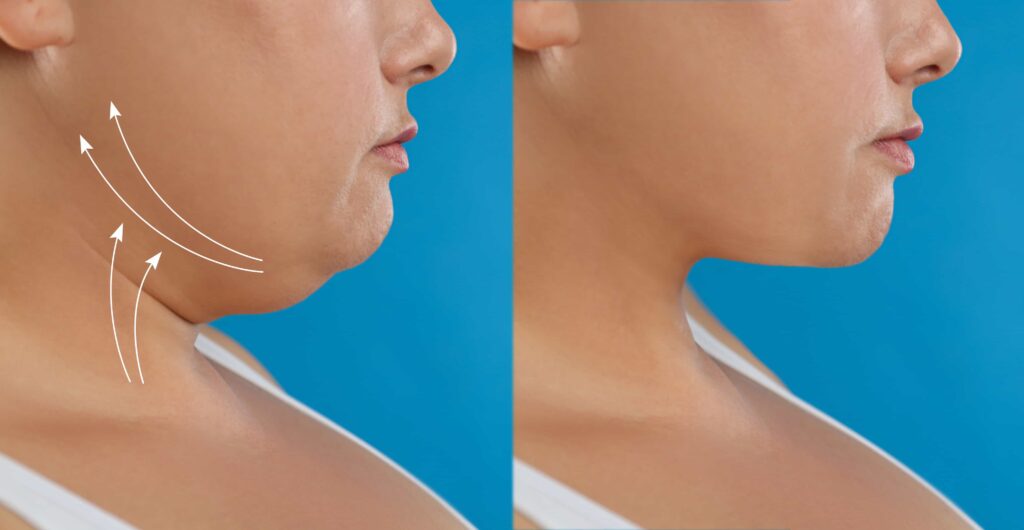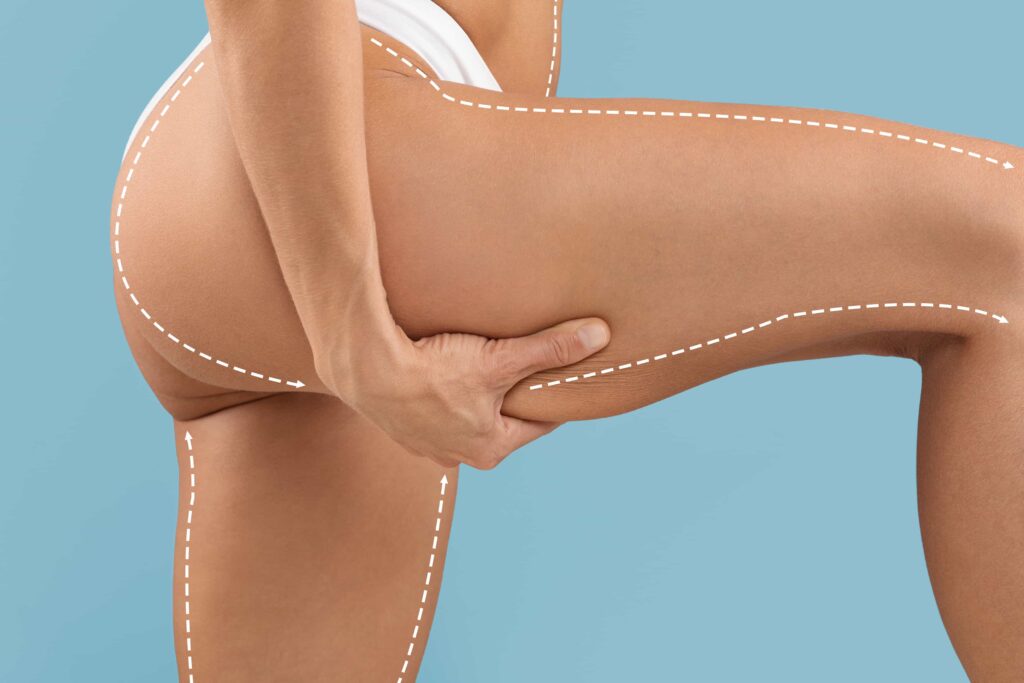Gynecomastia surgery addresses the issue of enlarged or overdeveloped breasts in males.
This surgical procedure aims to restore a more typical chest contour. It is designed for men who may feel self-conscious about their breast size.
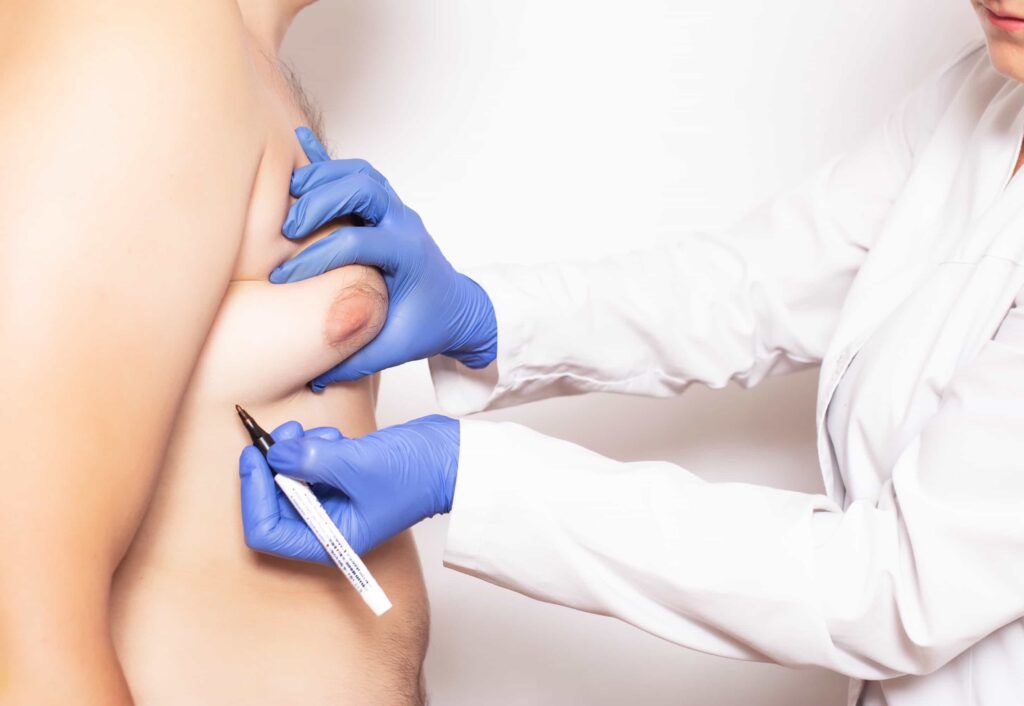
Gynecomastia is a condition where men develop enlarged breasts. It can happen at any age and may result from hormonal changes, genetics, obesity, or certain medications.
This condition often causes emotional stress and low self-confidence. Some men avoid physical activity or intimacy to hide it.
Common signs of gynecomastia include:
•Extra fat in the chest
•More glandular tissue
•Sometimes extra breast skin
•It can affect one or both sides
In more severe cases, the extra tissue may sag. Surgery may be needed to remove skin and adjust the areola.
The surgery is called reduction mammaplasty. It flattens the chest and improves its shape.
Gynecomastia is the enlargement of breast tissue in men. It can result from obesity, hormonal changes, or certain medications. This condition may appear during puberty or later in life.
In more severe cases, the breasts may sag, and the areolas may stretch. Many men choose male breast reduction surgery, also called reduction mammaplasty, to improve their appearance and comfort.
Each year, about 20,000 men have this procedure. It removes extra fat and tissue to boost confidence and body image. Treatment may involve liposuction, surgery, or both. Your doctor will recommend the best option based on your needs.
-Improves self confidence
-Procedure and recovery is quick
-Permanent results with stable weight
-Restores masculine figure
-Irregular breast contour and shape
-Scars from surgery
-Changes in nipple sensation
Before surgery, your provider will review your medical history, goals, and treatment options. They may order blood tests like a complete blood count (CBC) to check your health and the cause of gynecomastia. Your provider will examine your breast tissue, check for signs of male breast cancer, and may take photos.
You may need to stop certain medications, like blood thinners, before surgery. Your provider will also advise you to quit smoking and let you know when to stop eating or drinking before the procedure.
Surgery
During gynecomastia surgery, the surgeon may use liposuction to remove fat. In some cases, they perform excision, which involves larger cuts to remove excess skin or reposition the nipple.
This is an outpatient procedure. You’ll be under general anesthesia and won’t feel pain. You’ll need someone to drive you home afterward.
After surgery, your provider will place bandages and a supportive garment on your chest. This helps reduce swelling and supports your healing. You may also get medication to manage pain, reduce swelling, and prevent infection.
Sometimes, thin tubes are placed under the skin to drain extra fluid or blood. These will be removed when they’re no longer needed.
You’ll likely feel sore for the first few days, but this should get better within a week. Most people return to work in about two weeks.
Be sure to follow all your provider’s instructions. Avoid heavy lifting during recovery.
It may take three to six months to observe the final results, which are generally permanent; however, additional surgeries may be necessary to achieve optimal outcomes.
Every surgical procedure carries inherent risks. Patients may experience irregularities in breast contour and shape. Changes in nipple or breast sensation can occur, which may be either temporary or permanent. There is also a possibility of damage to deeper structures, including nerves, blood vessels, muscles, and lungs, with effects that may last long-term or resolve over time. Additionally, complications such as deep vein thrombosis, cardiac issues, and pulmonary problems are potential concerns.
According to the most recent statistics provided by the American Society of Plastic Surgeons, the average cost of male breast reduction surgery, also known as gynecomastia surgery, is $5,587. It is important to note that this average cost represents only a portion of the overall expenses, as it does not encompass fees for anesthesia, operating room facilities, or other associated costs. It is advisable to consult with the office of your plastic surgeon to ascertain the final fee.


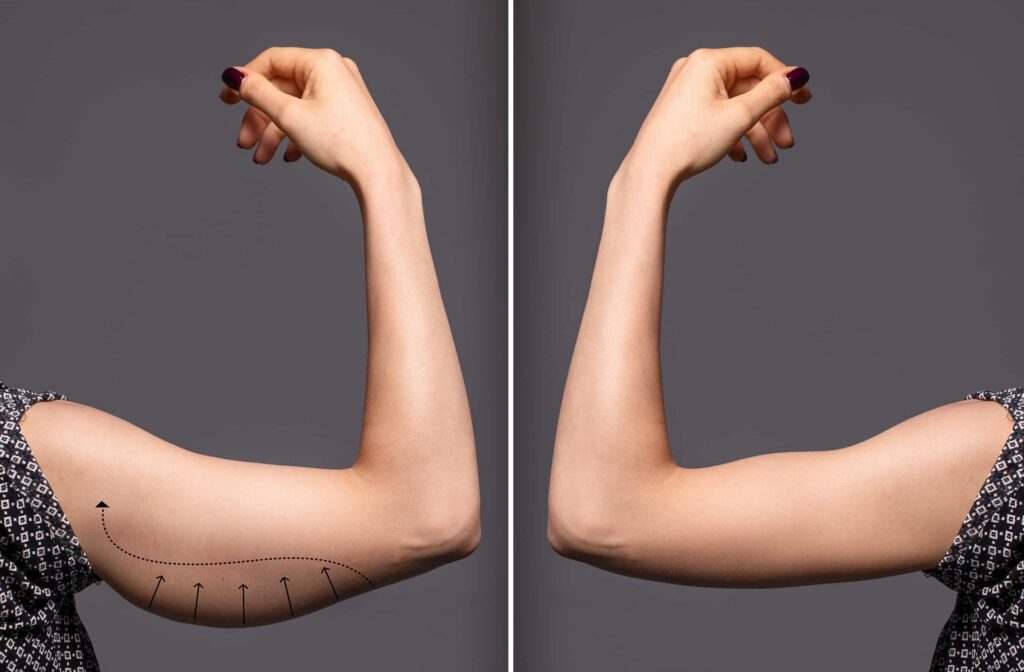

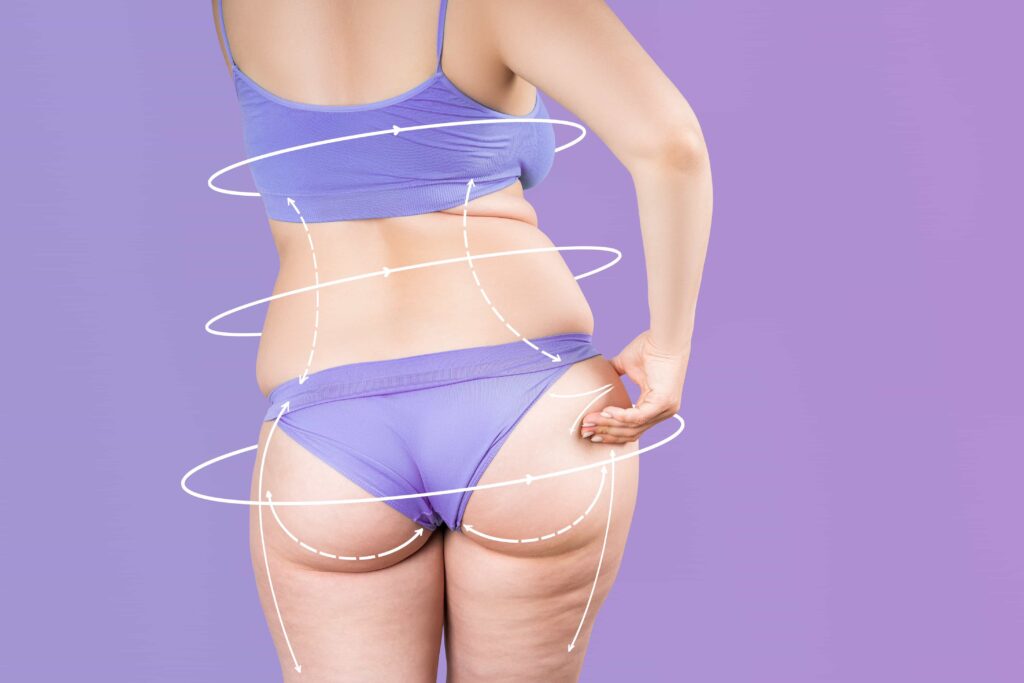

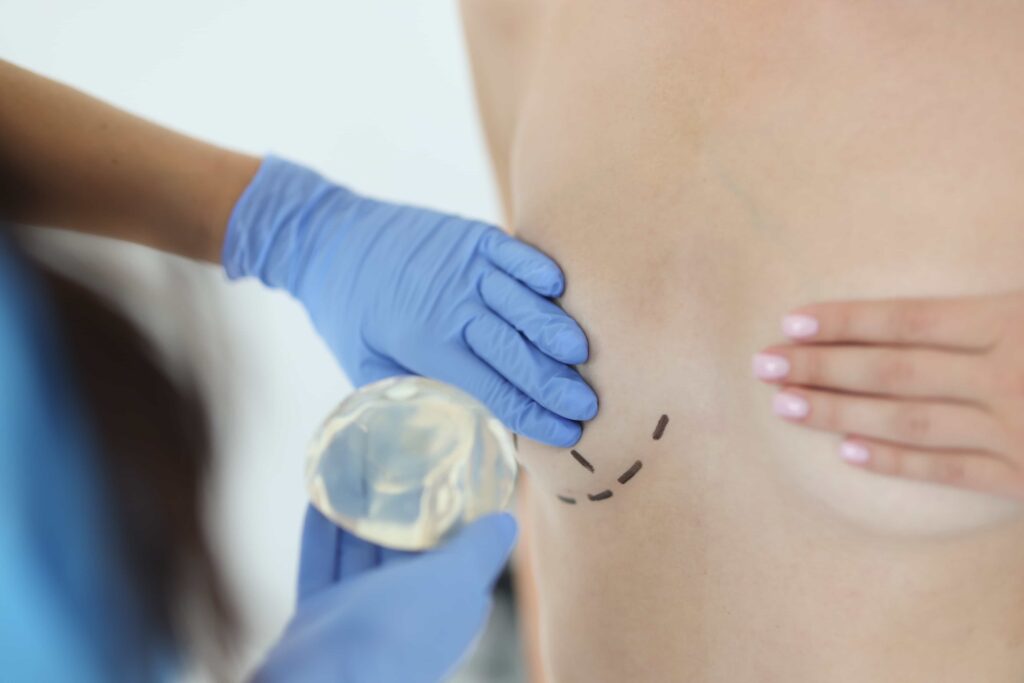


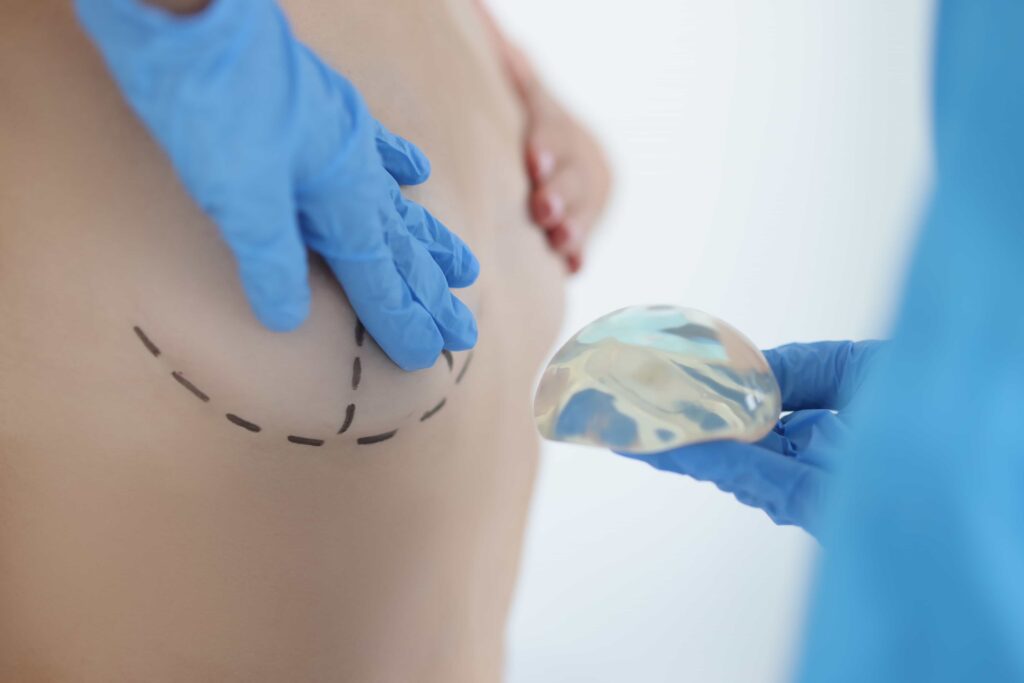





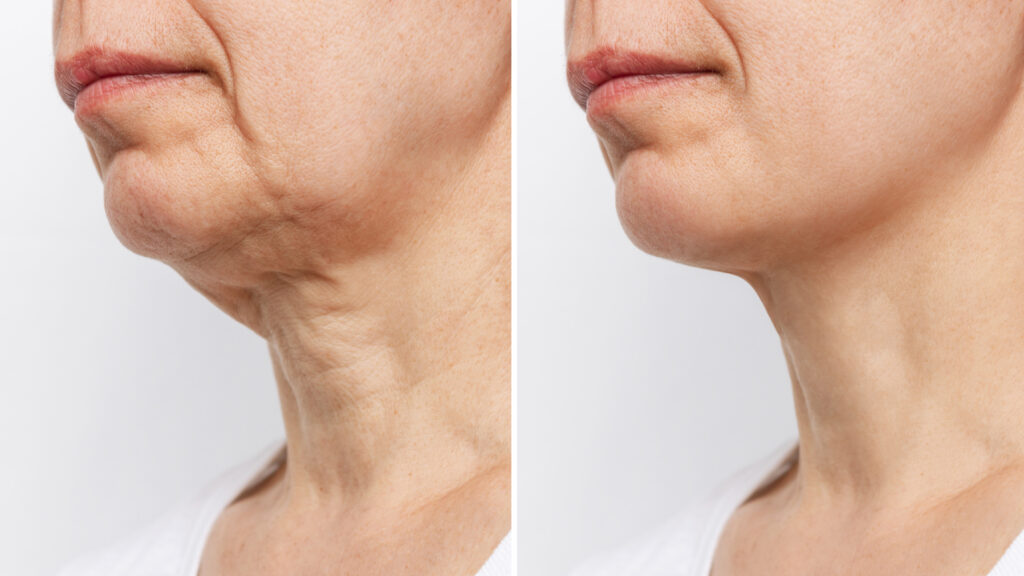


Fat grafting is a procedure that enhances and naturally adds volume to areas of the body by using your own…



